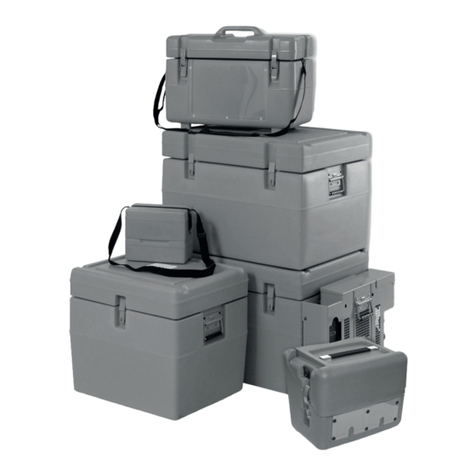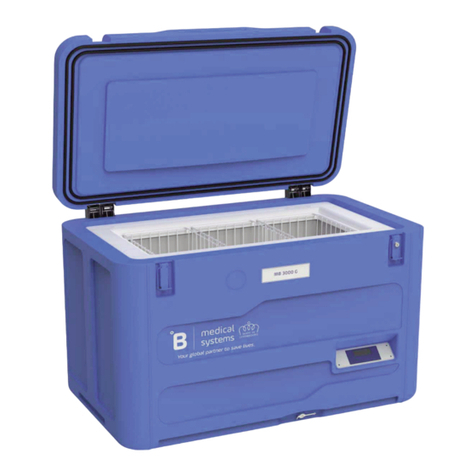4
TABLE OF CONTENTS
page
1 Model Overview ___________________________________________5
2 Important Information ______________________________________6
2.1 Warnings and Cautions ________________________________6
2.1.1 Warnings______________________________________7
2.1.2 Cautions ______________________________________8
2.2 Labels and Symbols on the Packaging ____________________9
2.3 Unpacking and Inspection ______________________________9
2.4 Intended Use ________________________________________10
2.4.1. Intended purpose ______________________________10
2.4.2. Intended target population _______________________10
2.4.3. Intended use environment _______________________10
2.4.4. Indications ____________________________________10
2.4.5. Contraindications _______________________________11
3 Installation Procedure_______________________________________12
3.1 Location ____________________________________________12
3.2 Final position ________________________________________13
3.3 Initial cleaning and disinfection __________________________13
3.4 Electrical Connection __________________________________14
3.4.1 Connecting to the “B Medical Systems” Solar Generator _14
4 Use and Operation _________________________________________15
4.1 Switching on_________________________________________15
4.2 Opening and closing___________________________________15
4.3 Important Advice for Storage ___________________________16
4.4 Operating controls _____________________________________17
4.4.1 Main switch____________________________________17
4.4.2 Control panel __________________________________17
4.4.3 Display _______________________________________17
4.4.4 Temperature setpoint and alarm values _____________17
5 Alarms ___________________________________________________18
5.1 Messages overview____________________________________18
5.2 Alarm messages ______________________________________19
5.3 Warning messages ____________________________________19
6 Additional equipment _______________________________________21
6.1 Rechargeable battery __________________________________21
7 Maintenance and repair _____________________________________22
7.1 Cleaning ____________________________________________22
7.2 Condensation water ___________________________________22
7.3 Ventilation ___________________________________________23
7.4 Periodic Maintenance __________________________________23
7.4.1 Daily __________________________________________23
7.4.2 Weekly ________________________________________23
7.4.3 Monthly________________________________________23
8 Disposal__________________________________________________23
9 Troubleshooting ____________________________________________24
10 Technical data ____________________________________________25
























